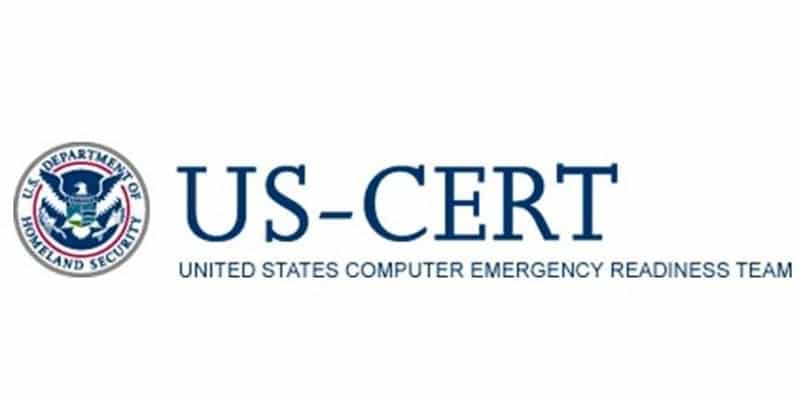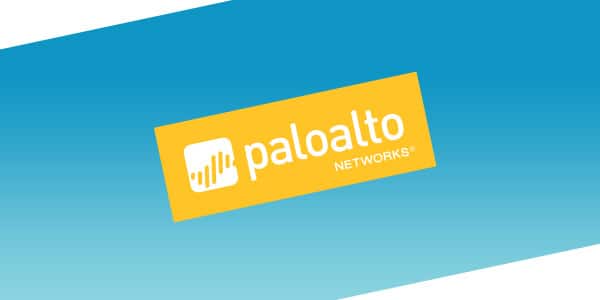Organizations should configure system logs to detect incidents and to identify the type and scope of malicious activity. Properly configured logs enable rapid containment and appropriate response. Response An organization’s ability to rapidly respond to and recover from an incident begins with the development of an incident response capability. An …
Read More »SSL Decryption Series: The Security Impact of HTTPS Interception
Encrypted internet traffic is on an explosive upturn. According to the Google® Transparency Report: “Users load more than half of the pages they view over HTTPS and spend two-thirds of their time on HTTPS pages.”[1] At the same time, encrypted traffic carried nearly 3.5 million unique malware samples in 2017. …
Read More »Publicly Available Tools Seen in Cyber Incidents Worldwide
Remote Access Trojan: JBiFrost First observed in May 2015, the JBiFrost RAT is a variant of the Adwind RAT, with roots stretching back to the Frutas RAT from 2012. A RAT is a program that, once installed on a victim’s machine, allows remote administrative control. In a malicious context, it …
Read More »Setting Up A Free TLS/SSL Certificate With “Let’s Encrypt”
SSL (Secure Sockets Layer) is the standard security technology for establishing an encrypted link between a web server and a browser. This link ensures that all data passed between the web server and browsers remain private and integral. SSL is an industry standard and is used by millions of websites …
Read More »Machine Learning: Your Unfair Advantage Against Attackers
In the never-ending arms race between threat actors and defenders, automation and machine learning have become your ultimate weapons. Today, threat actors employ automation in countless ways to speed up their attacks and evade detection. Outpacing attackers requires the effective use of automation and machine learning. Years ago, our research …
Read More » blackMORE Ops Learn one trick a day ….
blackMORE Ops Learn one trick a day ….



